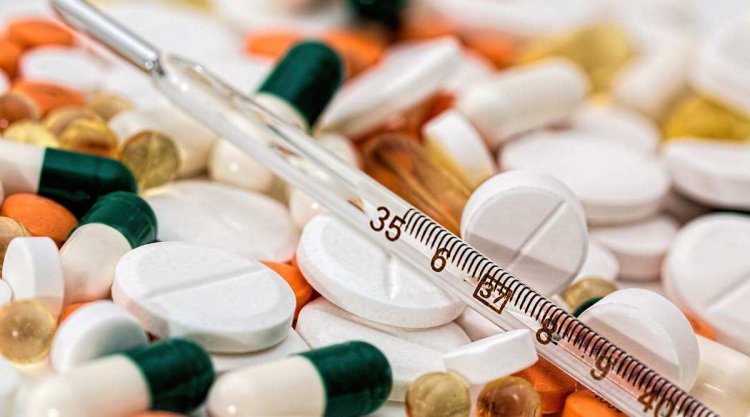Overuse Of Steroids In Corona Treatment Can Also Lead To Osteoporosis

Pune: Low-bone density is a commonly seen problem in the 18-40 group. There are certain conditions like osteoporosis that is thinning of the bones where low bone density is seen. Some factors like taking chemotherapy, steroids use during Covid treatment, family history of osteoporosis, no physical activity, and smoking can give a tough time to your bones. So, embrace a healthy lifestyle to maintain stronger bones.
Dr. Anand Jadhav, Orthopedic Surgeon, Apollo Spectra Hospital Pune Said, “Strong bones can prevent various problems. Critical illness like osteoporosis is linked with loss of bone mineral density (BMD), lowering of bone mass, immobility, inflammation, and skeletal fragility leading to fractures of the spine, hip, or wrist. Osteoporosis is an under-diagnosed disease and causes higher morbidity and mortality rates, especially amongst the elderly. A bone mineral density (BMD) test is beneficial in measuring bone health. You will get to know your bone density or mass. It can tell whether you have normal bones, osteopenia (weak bones), or osteoporosis (weaker bones with increased risk of fractures)Single osteoporotic fracture raises your risk of second such fracture by 50 %. Two osteoporotic fractures anywhere in the body raise the risk of the third fracture by 80%.”
Dr. Jadhav added, “Covid infection causes viral infections, instability, and the use of steroids leads to bone brittleness and osteoporosis. It usually takes six to one year for the patients who get back on track from Covid-19. But, in the elderly, the problem persists. Therefore, bone mineral density (BMD) test is needed to check bone health after Covid-infection.”
Dr. Mayank Pathak, Orthopedic Surgeon Apollo Clinic Pune said, “Low bone mass, not low enough to be labelled as osteoporosis, called osteopenia. Certain medications, Menopause, Old age, over weight conditions, and Inactive life style invites low bone mass problems. Not everyone with low bone mass may get osteoporosis. But these people are at a greater risk for it in the future. Women are far more likely to develop low bone density and osteoporosis when compared to men. Females have a lower peak bone density and because the loss of bone mass speeds up as hormonal changes during menopause. Eating disorders, chemotherapy, steroids, family history of osteoporosis, smoking, and drinking alcohol also increase the risk for low bone density and, ultimately osteoporosis. We are seeing sharp increase in the cases of low bone mass in young(18-40 years) individuals as they have low sun exposure, work from home, sedentary lifestyle, stress, drinking and smoking.”
Dr. Jadhav added, “Certain lifestyle changes reduce the risk of bone loss. Exercising can help in getting stronger bones. Opt for weight-bearing exercises such as walking, hiking, and dancing. Choose exercises with light weights or elastic bands for bone health. Do strength training under the guidance of the expert. Get your daily dose of calcium via milk, dairy products, green vegetables, and soybeans. Eat vitamin D-rich foods like sardines, salmon, and eggs. Expose yourself to the sun in the morning, and take calcium, vitamin D and anti-osteoporosis medications only after a doctor’s recommendation.”
Dr. Mayank Pathak added, "Out of the patients who come to the outpatient department for treatment every day, 4 to 5 patients are diagnosed with this disease. About 30 to 40 percent of young people are diagnosed with the Osteoporosis disease. Exercise, seeds, whole legumes, nuts, protein and omega-3 fatty acid-rich foods, exercise, limit smoking and alcohol. Avoid high-calorie diet, junk and processed foods to reduce your risk of bone loss. Take any medication only after consulting the doctor."















































